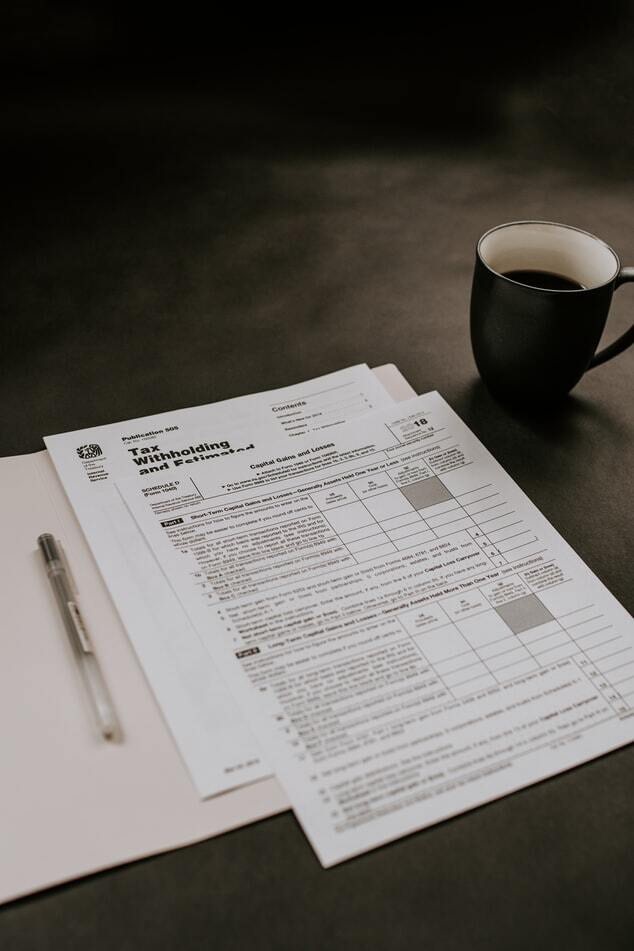The Paycheck Protection Program (PPP) has appealed to millions of small business owners in part because the funding can be entirely forgiven by the Small Business Administration (SBA). In order to get full forgiveness, and have the grant turned into a loan, the small business needs to meet certain requirements, which includes what the loan can be used for. Many have asked: What if my PPP loan isn't forgiven? Is there anything else I can do? The answer is yes, thanks to new rules from the IRS that we cover in this post — let's dive in.
Also, just a reminder that you don't need to have your first PPP loan forgiven in order to apply for a second loan. You can apply for a first or second draw PPP loan here.
If Your PPP Wasn’t Fully Forgiven, You Can Claim the Employee Retention Tax Credit
If you requested forgiveness with your PPP lender and were denied, you have another option to recoup some funds. The IRS announced Friday that filers can claim the employee retention tax credit (ERC), a credit for small business owners impacted by COVID-19 passed in the CARES Act, on qualifying wages that were not forgiven. You can retroactively claim the ERC for the second, third, and fourth quarters of 2020.
You can claim the ERC on your fourth quarter taxes for the second, third and fourth quarters of 2020 using Form 941, the standard filing form for employer quarterly taxes, for any wages or payroll costs you requested forgiveness on and were denied. That includes payments to employees as well as insurance benefits. The ERC only applies to wages and payroll expenses, so expenses like mortgages and utility bills do not qualify.
If it’s too complex to calculate your qualifying wages before your fourth quarter taxes are due, you can file as usual and then adjust your claim later with form 941-X, the IRS explained.
How Much Is the ERC Worth?
The ERC is a tax credit for 50% of wages paid by an employer impacted by COVID-19, up to $10,000 per employee. It applies to wages paid between March 12, 2020 and Jan 1, 2021.
There are different qualifications of the ERC depending on the size of your business:
-If you had fewer than 100 employees in 2019, wages qualify regardless of whether employees were working. This means you could get the ERC even if you didn’t have to pay employees who couldn’t work due to shelter-in-place protocols.
-If you had more than 100 employees in 2019, only those employees who you paid even though they weren’t working can be counted for your ERC.
What If My PPP Was Forgiven?
The ERC was originally designed as an alternative to the PPP to encourage business owners to retain as many employees as possible, and the two programs are still considered incompatible by the IRS.
If you got a PPP, you can get the ERC only on qualifying wages that were not forgiven. The IRS considers it “double-dipping” to claim both programs. That may change, and we will let you know if it does.
We will keep you updated if the IRS changes their guidance and in the meantime, consider getting a free trial of Skip Plus so you can get access to exclusive information and help with loans and more.


